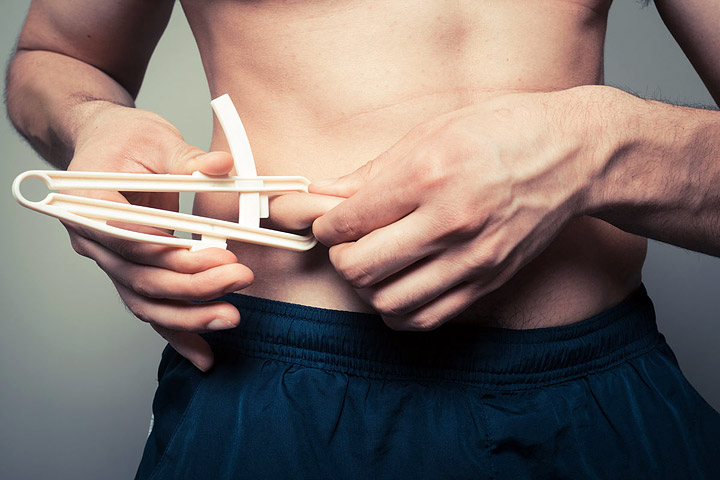
For those looking for a slim and toned body, there is no absolute perfect body fat percentage. The ideal percentage of body fat varies markedly between individuals and depends on various factors including body type, age, genetics, activity levels and eating habits.
The ideal weight and fat-lean ratio varies considerably, but the minimum body fat percentage considered safe for maintenance of good health is 5 – 9% for males and 13 – 15% for females, although there’s no hard and fast “rule” on what is too low for an individual.
The table below shows the minimum body fat percentages for both genders by age. As you can see the table suggests that body fat increases with age and although this tends to be the case, it is mostly due to decreased activity levels.

IDEAL LEVEL OF BODY FAT
No two people are the same and some people may feel or perform better at higher or lower fat percentages than others of the same age and sex. Therefore, there are ranges to give an idea of where ones ideal body fat percentage may lie or should lie above. Of course, if even within this range women may experience disruption of their menses and it may be that she has gone too low and needs to increase her body fat levels a little. For example, if a woman has lost weight and now has a body fat percentage of 17%, it may that her ideal body fat percentage is a little higher and that she should not dip below 20%. In men very low body fat is also unhealthy, though the effect initially may not be as marked as in women.
There are many suggestions about ideal body fat percentage for non-athletic people and include ranges of 16 – 20% and 20 – 21% for women and 8 – 14% and 10-14% for men. These percentages should provide a lean appearance.
For general health and fitness, for men, somewhere between 10-15% is a good range to aim for. However, men who want to see a six-pack of abs usually have to be under the 10-11% mark to do so, since that’s where they normally store fat. Women who aim to have a six-pack may have to lower their body fat to percentage to 14-16% body fat, which in some women may too low and would disrupt their menstrual cycle. The thighs typically begin to slim noticeably at about 18% body fat. The first place you will notice greater definition is in those areas where fat deposits are relatively thin already. For most, this is around the shoulders and clavicles.

It is important to note that research indicates that low body fat does not cause amenorrhea as such. It is energy balance (calories in vs. calories out), which is the chief determinant of health in this case, thus suggesting that it is possible for an athletic woman to keep her body fat as low as the mid-teens with no ill effects. Often in those with aims of getting superskinny, low body fat is achieved through long-term negative energy balance (i.e. taking in fewer calories than the body requires) and it is this negative energy balance, which triggers the loss of menstruation.
Therefore, a lean woman who is careful to adequately meet her nutritional and caloric needs and does not over-train, does not inevitably have to experience detrimental effects from a lower than average body fat percentage.




Leave a Reply